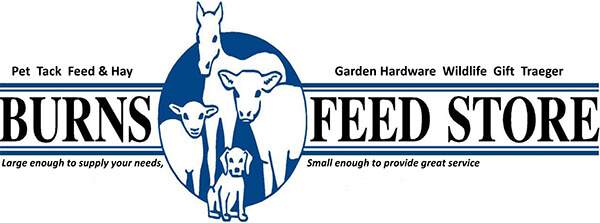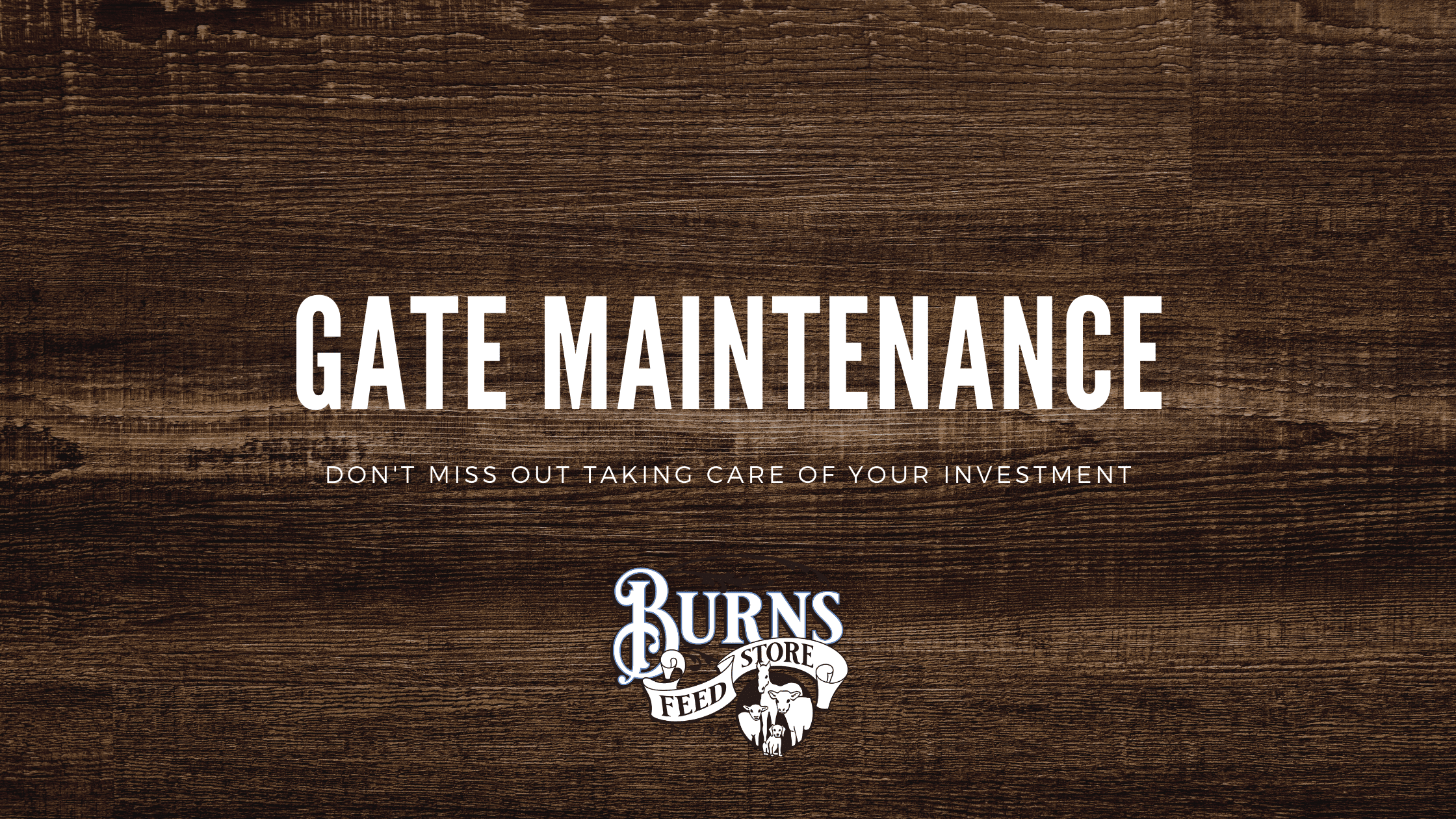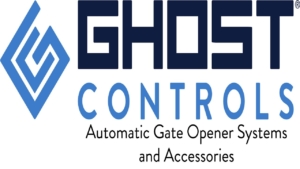Gate Maintenance
Gate and System Maintenance
These guidelines are meant to be general in nature and specific needs will vary based on your environment.
 Getting Started:
Getting Started:
- Adjust the gate hinges to make sure the gate swings level, plumb and freely throughout the full opening and closing range of motion. Level is horizontal and plumb vertical. Plumb refers to something being straight up and down. The gate post(s) needs to be plumb and hinges need to be aligned vertically. When a gate/post is not plumb it may surge/hesitate in a particular direction of its travel and possibly not function.
- Clean your gate with a mild cleaner, a rag, a soft brush, and a water hose to remove dirt and dust.
- Do any rust removal and touch up painting, that you might deem necessary.
The Gate:
Keeping your gates swinging easily and freely is very important so that your gate opener system continues to work correctly. If your ball-bearing/bearing type gate hinges are binding, out of grease, or have become difficult to move, your gate opener system may treat this as an obstruction. If it seems to be associated in some way with the temperature the problem can likely be resolved by lubricating your gate hinges. If the hinges are worn or damaged replace them.
We suggest removing the pin from the front of the operator and working the grease into the gate hinges as much as possible. Use a grease suited for the temperature range in your location. Lithium-based grease tends to work well in many applications. Don’t forget to put the front clevis pin back into the front of the operator when you have finished greasing the hinges.
Lubricate The Operator Arm
Using a silicone spray, you can maintain/clean the silver aluminum push-pull tube (with the operator arm extended and the system turned off) , spray a clean cloth with the silicone and wipe the extended push-pull of the operator arm. Cleaning this part of the arm helps remove any dirt and debris that has accumulated over time and can help reduce premature wear and noise on the internal parts of the operator arm.
Check The System Batteries
As a battery ages its ability to work becomes reduced. A good rule of thumb would be to inspect the battery(s) each fall.
- Clean any corrosion from the battery terminals and connectors. A wire brush the size of a toothbrush is a handy tool for this job. Brush it lightly until any corrosion is removed. Most automotive part stores also have some type of anti-corrosion product that can be added to your system for additional protection.
- Check all battery and battery harness connections to ensure none of the connections are loose.
- The batteries can be loaded tested as well
- Disconnect the charging source. (solar panel or transformer connections)
- Measure battery voltage.
- a. If you have two batteries, check them individually.
- b. If the voltage(s) is above 12 Vdc, proceed with the load test.
- c. If the voltage(s) is below 12 Vdc, charge the batteries externally before proceeding. At no greater than 2 amps.
- The load test will only be conducted on one battery at a time. Measure the voltage prior to operation. Activate the unit while continuing to monitor the voltage. The voltage should drop less than .5 volt during the cycle.
- Repeat for 4 more half cycles (open or close) pausing for approximately 10 seconds in between activations. The voltage should drop less than .5 volt during these movements.
- If the voltage drops are greater than .5 a volt the battery/batteries should be replaced.
Solar Installations
- Use glass cleaner: Clean the glass on your solar panel to remove any algae, mold, mildew, or dirt that may have accumulated throughout the year. Keeping your solar panel glass clean helps to maximize the potential charging ability of the panel which is more important during the winter months as the number of hours of unobstructed sunlight hitting the panel decreases. Move/relocate panel if needed.
- Using the screwdriver provided with your kit, tighten any of the wiring terminal connections that are loose.


